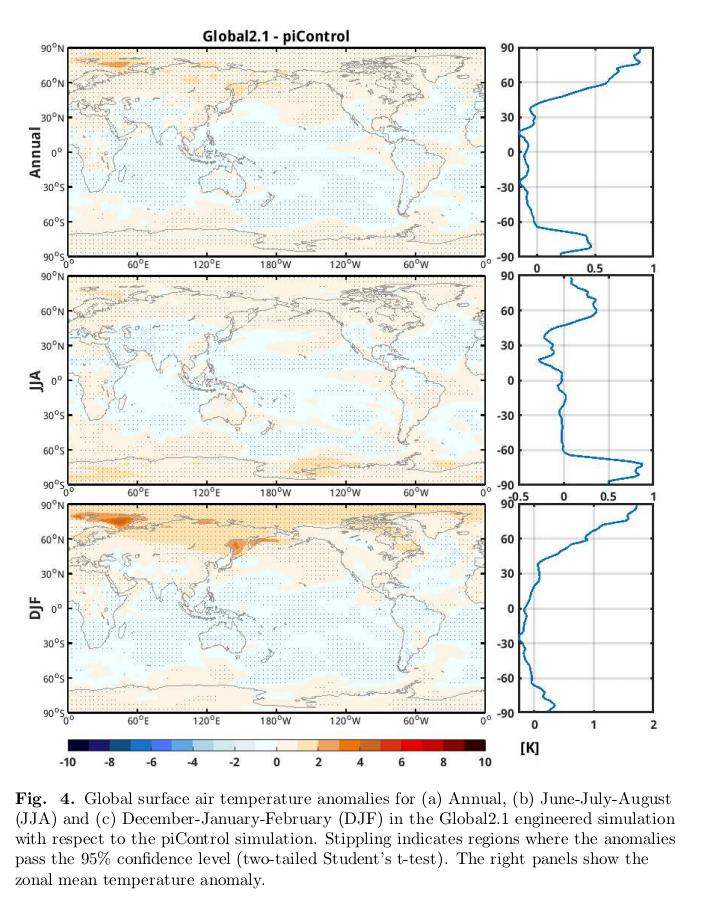🚨NEW PAPER🚨
A recent study "uses a lightweight integrated assessment #model SCORE to explore possible scenarios using #CarbonDioxideRemoval for limiting #GlobalWarming to 1.5 °C by 2100."
🧵
1/9
A recent study "uses a lightweight integrated assessment #model SCORE to explore possible scenarios using #CarbonDioxideRemoval for limiting #GlobalWarming to 1.5 °C by 2100."
🧵
1/9

"Particularly, this exploration quantify the impacts of relying on #CDR when accounting for:
1️⃣ possible under- and overestimation of the cost, potential, and availability (feasibility) of future CDR and
2️⃣ the compound effect with uncertainty in climate sensitivity."
2/9
1️⃣ possible under- and overestimation of the cost, potential, and availability (feasibility) of future CDR and
2️⃣ the compound effect with uncertainty in climate sensitivity."
2/9
"All scenario results show that aggressive near-term mitigation is required for limiting warming to 1.5 °C by 2100 for all levels of climate sensitivity, but that some amount of #CDR is likely required in the future even if climate sensitivity turns out to be extremely low."
3/9
3/9
"If uncertainty in climate sensitivity is disregarded, initial assumptions on the #CDR feasibility have only minor effects on the total cumulative mitigation cost. However, taking the uncertainty in climate sensitivity into account changes this conclusion."
4/9
4/9
'Wrong assumptions on #CDR feasibility can, surprisingly, even lead to lower costs under extreme realizations of climate sensitivity, especially in scenarios where CDR feasibility is underestimated."
5/9
5/9
"Assuming low feasibility for #CDR eliminates the possibility of sky-rocketing costs associated with overestimating CDR feasibility in combination with a high climate sensitivity."
6/9
6/9
"Therefore, a prudent climate policy should assume a low feasibility of #CDR to reduce the risk of leaving runaway mitigation costs to future generations," the study concluded.
7/9
7/9
Read the study entitled: "Betting on CDR under uncertain climate sensitivity is bad climate policy" here ⬇️
meetingorganizer.copernicus.org/EGU23/EGU23-58…
#CarbonDioxideRemoval
#CDR
8/9
meetingorganizer.copernicus.org/EGU23/EGU23-58…
#CarbonDioxideRemoval
#CDR
8/9

• • •
Missing some Tweet in this thread? You can try to
force a refresh

 Read on Twitter
Read on Twitter





















